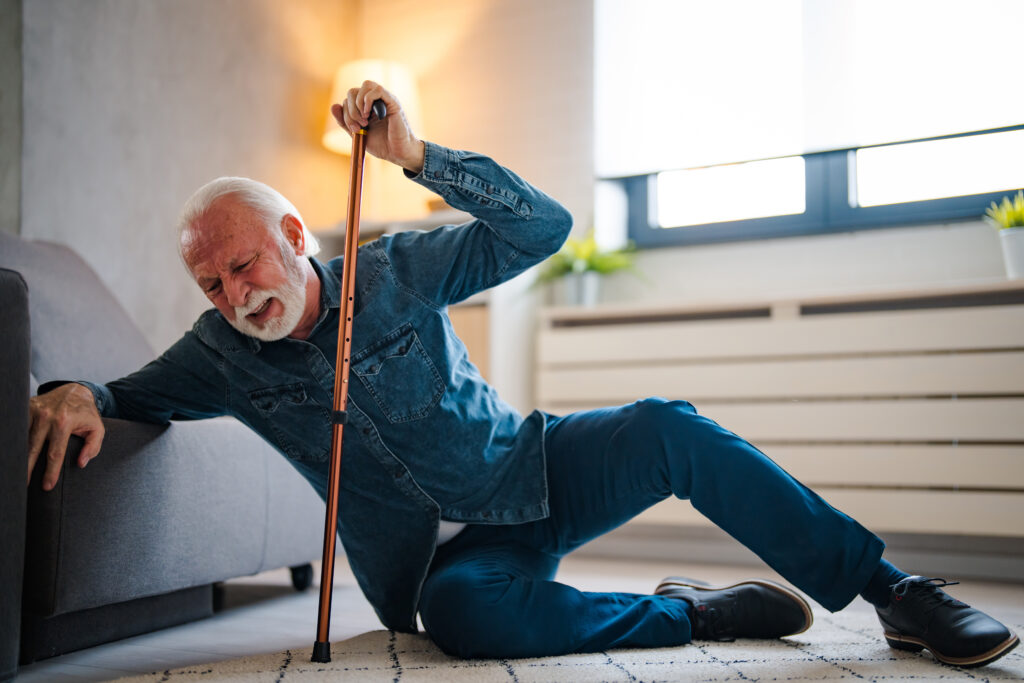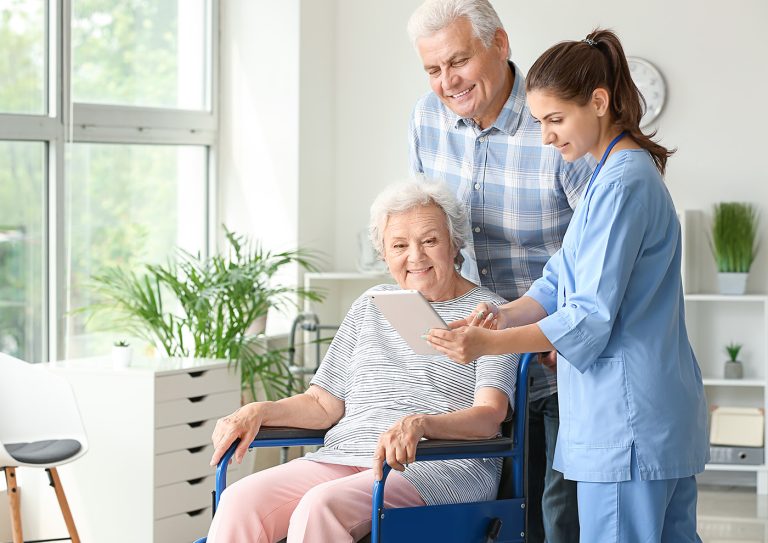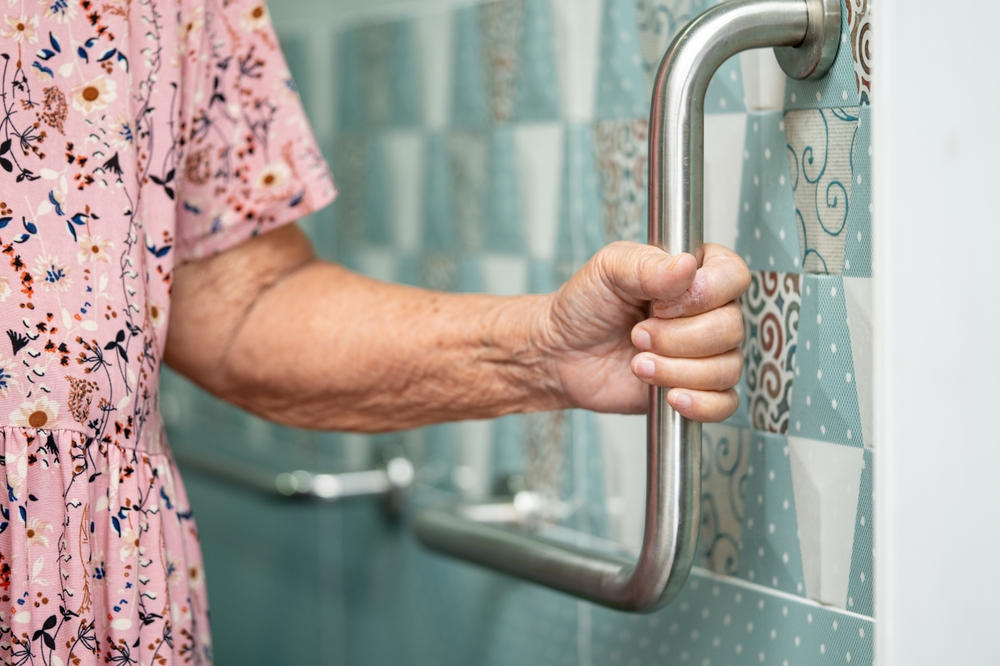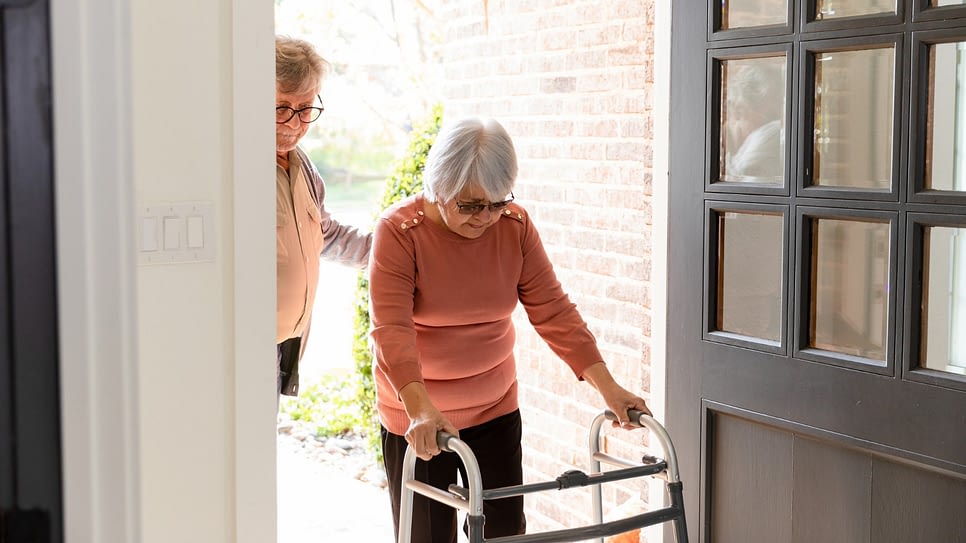Falls are one of the most serious health risks faced by older adults. According to the World Health Organization (WHO), falls are the second leading cause of unintentional injury deaths worldwide. Detecting a fall quickly can save lives—but many traditional solutions rely on cameras, raising privacy concerns.
This is where fall detection without cameras comes in. Using smart sensors, wearables, and AI technology, caregivers can be alerted instantly when a fall occurs—without compromising privacy. In this article, we’ll explore the best camera-free fall detection methods, their benefits, and future possibilities.
Why Fall Detection Matters
The Risks of Falls in Older Adults
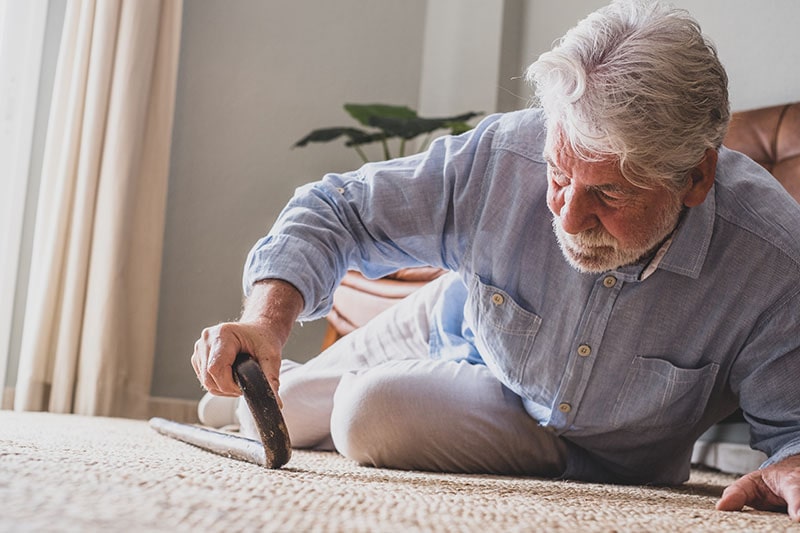
- 1 in 3 people over 65 experiences a fall each year.
- 50% of seniors who remain on the floor for more than 1 hour after a fall die within 6 months.
- Fast response times can reduce long-term complications and save lives.
The Problem with Camera-Based Systems
While cameras can detect falls accurately, many older adults reject them due to privacy concerns. Living spaces should feel safe and private, not like surveillance zones. That’s why alternatives without cameras are becoming increasingly popular.
Types of Fall Detection Without Cameras
1. Wearable Devices
Wearables are among the most common camera-free solutions. These devices often use accelerometers and gyroscopes to detect sudden changes in movement.
Examples of Wearables
- Smartwatches (Apple Watch, Samsung Galaxy Watch) with fall detection.
- Medical alert pendants with fall detection sensors.
- Fitness trackers with built-in activity and motion sensors.
Pros
- High accuracy when worn consistently.
- Can alert emergency contacts instantly.
Cons
- Must be worn at all times.
- Some seniors may forget or refuse to wear them.
2. Bed and Chair Sensors
Pressure-sensitive pads placed on beds or chairs can detect if a person has left suddenly or not returned. If the system senses unusual absence, it can trigger an alert.
Benefits
- Non-intrusive and discreet.
- Ideal for nursing homes and assisted living facilities.
Limitations
- Limited to specific locations (bedroom or chair).
- Cannot monitor falls in other areas of the home.
3. Floor Vibration Sensors
Advanced systems use vibration and acoustic sensors embedded in the floor to detect falls. These sensors analyze the unique sound or vibration patterns caused by a human fall.
Advantages
- No need to wear or carry anything.
- Works automatically without user involvement.
Challenges
- Requires installation across the living area.
- May struggle with distinguishing falls from heavy objects dropping.
4. Radar and Radio Frequency (RF) Sensors
Radar-based systems use low-power radio waves to detect movement patterns. Unlike cameras, they do not record images—they only track motion and body position.
Why Radar is Powerful
- Detects falls even in complete darkness.
- Works through furniture or obstacles.
- Maintains 100% privacy.
Real-World Use
Companies like Walabot Home and Nobi Smart Lamps use radar-based technology to monitor movement and detect falls instantly.
5. AI-Powered Smart Lighting Systems
Some fall detection devices are integrated into smart lights. These lights not only brighten pathways to prevent falls but also use built-in sensors to detect a fall event.
Example
Nobi’s AI-powered lamp monitors motion and alerts caregivers within 90 seconds of a fall—without using cameras.
Benefits of Fall Detection Without Cameras
1. Privacy Protection
No video recording means older adults feel safe and respected in their personal space.
2. Real-Time Alerts
Systems immediately notify caregivers, emergency services, or family members, ensuring faster response times.
3. Comfort and Independence
Since there are no intrusive cameras, seniors are more likely to accept and use these technologies, enabling them to live independently longer.
4. Easy Integration
Many systems can be integrated into existing smart home setups, making adoption seamless.
Challenges and Limitations
Accuracy Issues
Some non-camera solutions may misinterpret movements (false alarms). For example, dropping an object might be mistaken for a fall.
Compliance
Wearables depend on users remembering to wear them, which is not always reliable.
Cost
Advanced radar or floor sensor systems may be expensive to install in private homes.
Future of Fall Detection Without Cameras
AI and Machine Learning
Future systems will use AI algorithms to distinguish between daily activities and real falls with near-perfect accuracy.
Integration with Healthcare
Fall detection data will be automatically shared with doctors and caregivers, enabling personalized care plans.
Predictive Analytics
Instead of only detecting falls, future IoT systems may predict and prevent falls by analyzing walking patterns, balance, and health data.
FAQs About Fall Detection Without Cameras
1. Are non-camera fall detection systems accurate?
Yes. Radar and wearable-based systems have accuracy rates above 90% when properly used.
2. Can fall detection work without Wi-Fi?
Some devices use cellular networks or local alarms, but Wi-Fi improves connectivity for remote monitoring.
3. Do smart lights with fall detection replace wearables?
They can complement wearables but may not completely replace them, especially outdoors.
4. How much do non-camera fall detection devices cost?
Prices range from $100 for wearables to $600+ for advanced radar systems.
5. Who benefits the most from these systems?
Elderly adults living alone, people with mobility issues, and caregivers who need peace of mind.
Conclusion
Fall detection without cameras is revolutionizing elderly care by combining privacy, safety, and independence. From wearables to radar-based sensors, these solutions ensure quick help during emergencies—without compromising dignity.
As technology advances, the future holds even smarter, more predictive, and seamless fall detection systems that not only save lives but also enhance everyday living.

